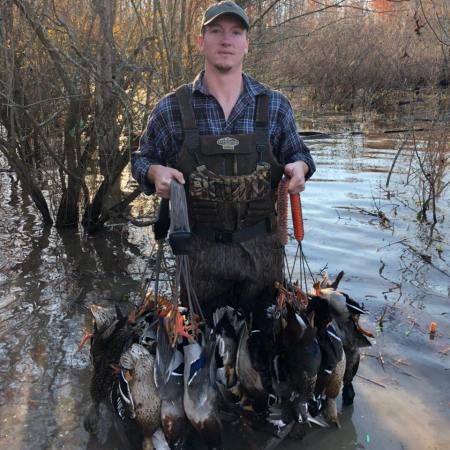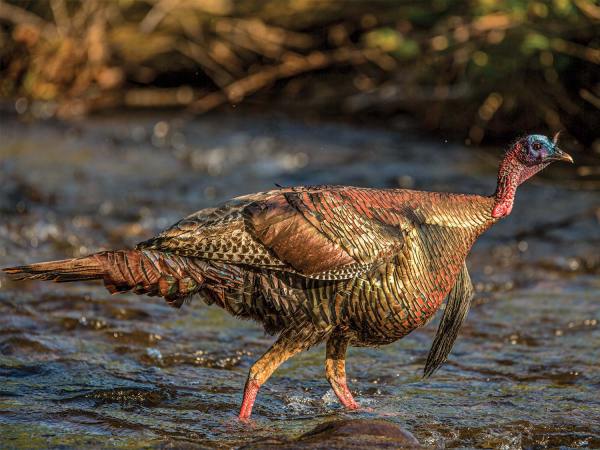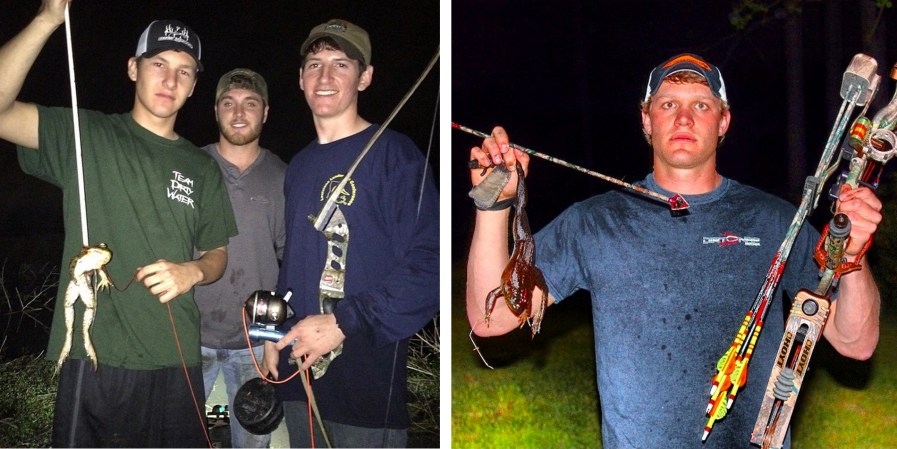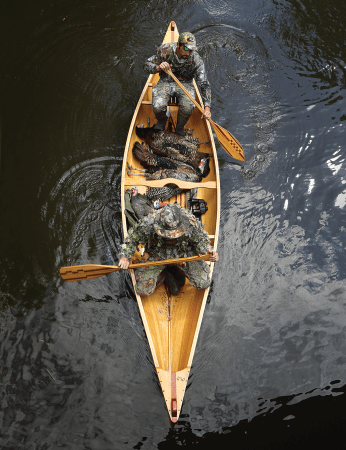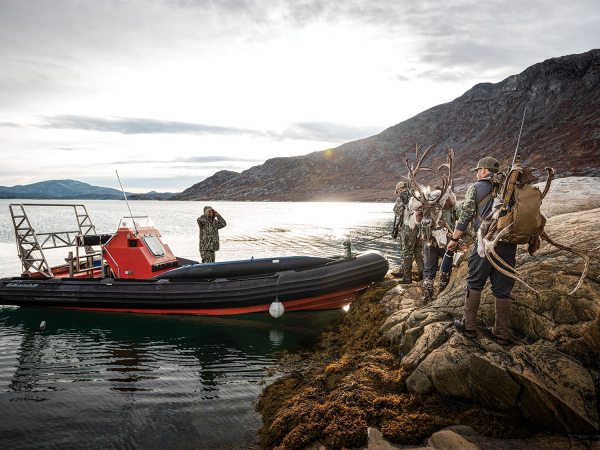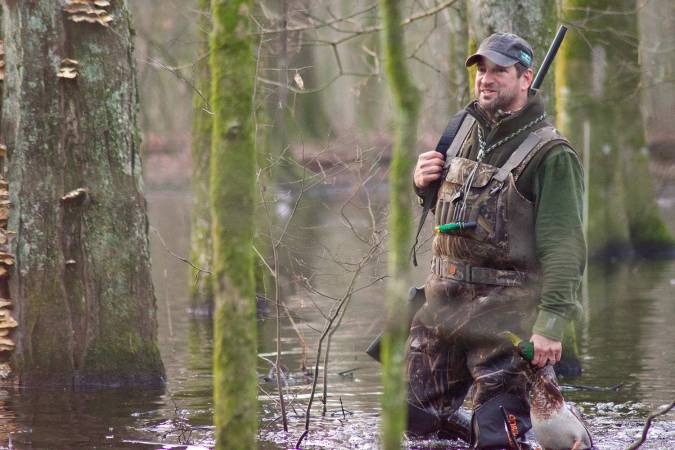We may earn revenue from the products available on this page and participate in affiliate programs. Learn More ›
Hunters who have the option of moving around in the late season can track duck movements, following the birds as they shift from one location to another.
One of the best ways to do this is with a portable boat blind. The boat allows for mobility, and the blind provides cover once a hunting site is chosen. With this one-two punch, a hunter can locate ducks and then set up virtually anywhere.
Such blinds may be commercially made or they can be homemade. My favorite commercial design is the Quick-Set blind from Avery Outdoors. The blind offers full concealment, including overhead. It can be set up or taken down in seconds. Its hinged aluminum frame collapses flat on the boat’s gunwales, so it’s out of the way when not in use. For pricing information visit Avery’s Web site: www.averyoutdoors.com.
As an alternative a hunter can custom-build a boat blind from his own design. Such blinds can be collapsible or fixed in place. Collapsible boat blinds are lighter and easier to load. A fixed blind offers convenience, incorporation of more features, and better camouflage. Fixed blinds can be built from tarps, wire, plywood or other materials.
Be sure to match the boat to the type of water where it will be used. Swamp, marsh and backwater hunting call for a smaller johnboat with a shallow draft and a semi-V bow to slice through brush and grass. A Go-Devil motor or a small outboard is a good match for such a rig. A bigger, deeper johnboat or a deep-V hull with a higher horsepower outboard (30-75 hp) is safer and more efficient for boat-blind hunting on big water.–Wade Bourne


